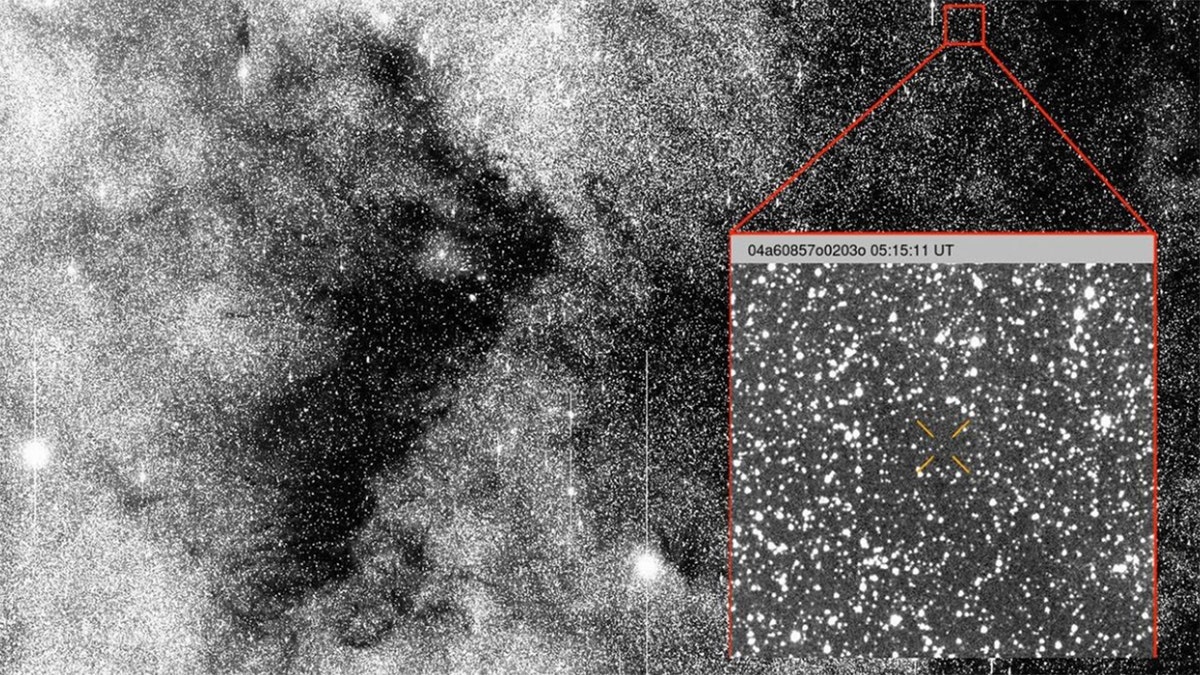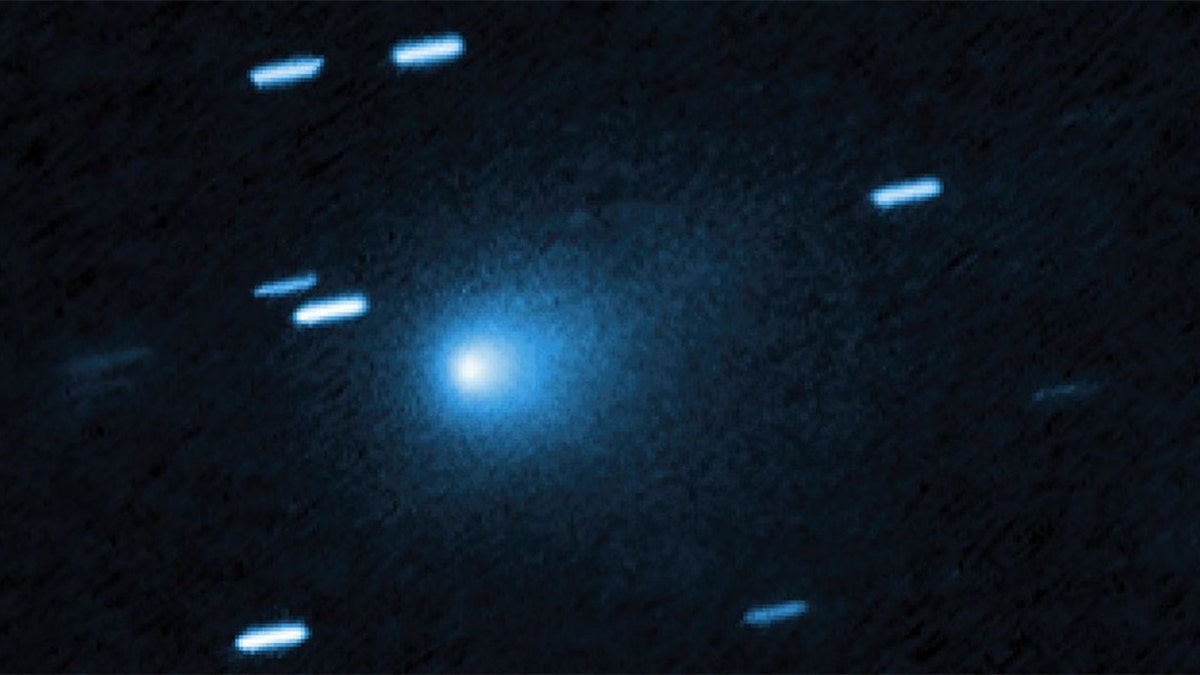Gabbard on aliens: “continuing to look for the truth”
Director of National Intelligence Tulsi Gabbard plays coy about government knowledge of UFO, but says she will continue to “look for the truth” in an interview with the New York Post’s Miranda Devine on Aug. 6, 2025.
Astronomers recently discovered a rare interstellar object passing through our solar system, and a Harvard physicist is sounding the alarm that its strange characteristics might indicate it’s more than just a typical comet.
“Maybe the trajectory was designed,” Dr. Avi Loeb, science professor at Harvard University, told Fox News Digital. “If it had an objective to sort of to be on a reconnaissance mission, to either send mini probes to those planets or monitor them… It seems quite anomalous.”
The object — dubbed 3I/ATLAS — was first detected in early July by an Asteroid Terrestrial-impact Last Alert System, or ATLAS, telescope located in Chile. The discovery marked only the third time an interstellar object has been observed entering our solar system, according to NASA.
Although NASA has classified the object as a comet, Loeb noted that an image of the cosmic visitor indicated an unexpected glow appearing in front of the object, rather than trailing behind it — something he described as “quite surprising.”
METEORITE FRAGMENT THAT SLAMMED THROUGH HOMEOWNER’S ROOF IS BILLIONS OF YEARS OLD, PREDATES EARTH: PROFESSOR

The object — dubbed 3I/ATLAS — was first detected in early July by an Asteroid Terrestrial-impact Last Alert System, or ATLAS, telescope located in Chile. (ATLAS/University of Hawaii/NASA)
“Usually with comets you have a tail, a cometary tail, where dust and gas are shining, reflecting sunlight, and that’s the signature of a comet,” Loeb told Fox News Digital. “Here, you see a glow in front of it, not behind it.”
Measuring about 20 kilometers across, making it larger than Manhattan, 3I/ATLAS is also unusually bright for its distance. However, according to Loeb, its most unusual characteristic is its trajectory.
RARE JUPITER-SIZED PLANET DISCOVERED 3,200 LIGHT-YEARS AWAY USING EINSTEIN’S SPACE-TIME WARPING METHOD
“If you imagine objects entering the solar system from random directions, just one in 500 of them would be aligned so well with the orbits of the planets,” he said.

Although NASA has classified the object as a comet, Loeb noted that an image of the cosmic visitor indicated an unexpected glow appearing in front of the object, rather than trailing behind it — something he described as “quite surprising.” (NASA, ESA, David Jewitt (UCLA); Image Processing: Joseph DePasquale (STScI))
The interstellar object, which comes from the center of the Milky Way galaxy, is also expected to pass near to Mars, Venus and Jupiter — something that is also highly improbable to happen at random, according to Loeb.
“It also comes close to each of them, with a probability of one in 20,000,” he said.
ASTRONOMERS MAKE GROUNDBREAKING DISCOVERY ABOUT LARGEST COMET EVER OBSERVED FLYING THROUGH DEEP SPACE
The 3I/ATLAS object will reach its closest point to our sun — about 130 million miles away — on October 30, according to NASA.
“If it turns out to be technological, it would obviously have a big impact on the future of humanity,” Loeb said. “We have to decide how to respond to that.”

Dr. Avi Loeb, science professor at Harvard University, thinks the massive interstellar object could be alien probe. (Avi Loeb)
In January, seven years after SpaceX CEO Elon Musk launched a Tesla Roadster into orbit, astronomers from the Minor Planet Center at the Harvard-Smithsonian Center for Astrophysics in Massachusetts confused it with an asteroid.
CLICK HERE TO GET THE FOX NEWS APP
A spokesperson for NASA did not immediately respond to Fox News Digital’s request for comment.
